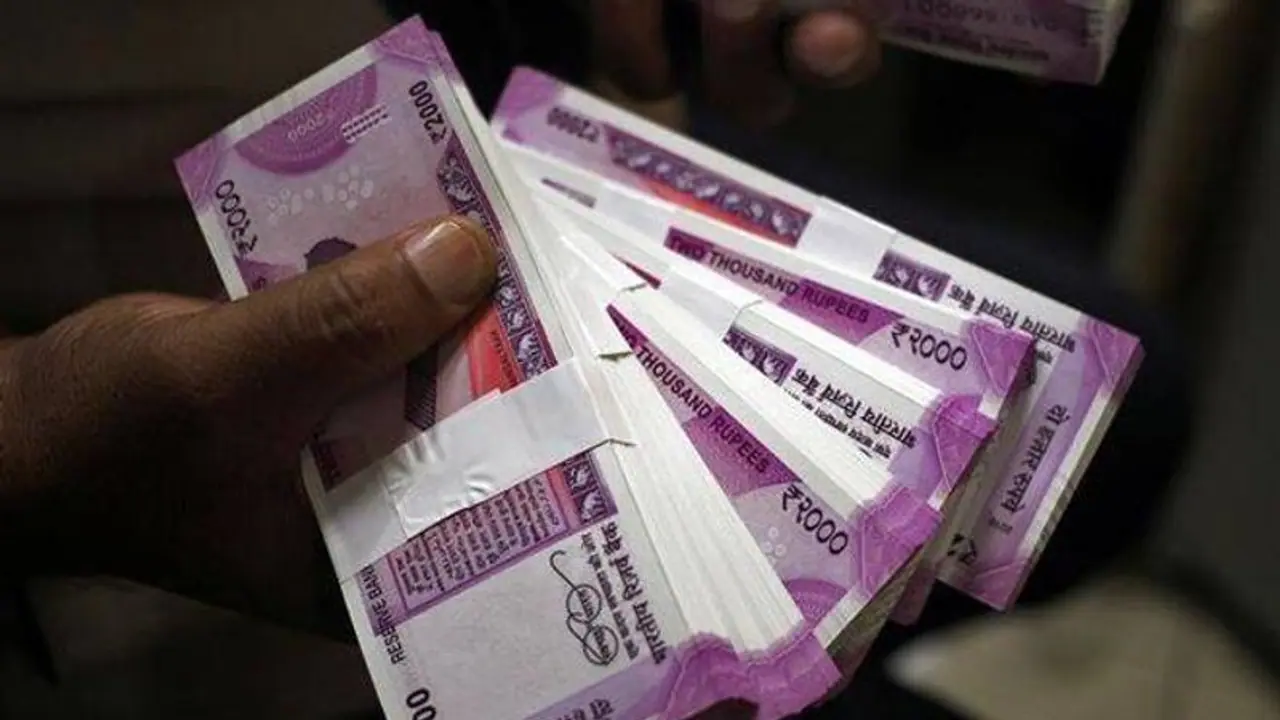Remittances to India are projected to increase by over 11% to $125 billion in 2023, securing its position as the global leader ahead of Mexico and China. The surge is attributed to a robust workforce in the US, the UK, Singapore, and Gulf nations
Remittances to India are anticipated to experience a notable 11 per cent increase, reaching $125 billion in 2023, data released on Monday revealed. This surge is poised to secure India's position at the forefront of global remittances, surpassing Mexico ($67 billion) and China ($50 billion). The World Bank's latest migration and development brief outlines that a robust foundation of skilled and unskilled workers in the United States, the United Kingdom, Singapore, and Gulf nations is likely to contribute to an 8% rise in remittance flows, reaching approximately $135 billion in 2024.

The growth in remittances to South Asia, primarily fueled by the contributions to India, is estimated at 7.2 per cent in 2023, totalling $189 billion. While this reflects a tapering from the over 12 per cent increase observed in 2022, these inflows play a pivotal role in mitigating the impact of declining foreign direct investment and a widening trade deficit for India.
The report identifies key drivers for the surge in remittances, including a historically tight labor market in the United States, substantial employment growth in Europe attributed to extensive worker retention programs, and a moderation of inflation in high-income countries. The United States remains the largest source of remittances, followed closely by Saudi Arabia, with the latter exhibiting a significantly larger volume of outward remittances as a share of GDP.
A substantial portion of remittances to India is contributed by skilled Indians in the United States, the United Kingdom, and Singapore, collectively constituting 36 per cent of total remittance flows. The report emphasizes that remittance flows to India have also benefited from increased contributions from the Gulf Cooperation Council (GCC), particularly the United Arab Emirates (UAE), which accounts for 18% of India's total remittances.
The February 2023 agreement between India and the UAE, establishing a framework to promote the use of local currencies for cross-border transactions and facilitating cooperation in linking payment and messaging systems, is cited as a pivotal factor. Despite challenges such as low oil prices, production cuts, and a significant contraction in GDP growth in the GCC, lower inflation orchestrated by domestic policy has played a crucial role in sustaining Indian migrants' ability to send remittances to India.
This positive outlook in remittances underscores India's resilience in leveraging its global diaspora and fostering economic stability amidst changing global dynamics.
